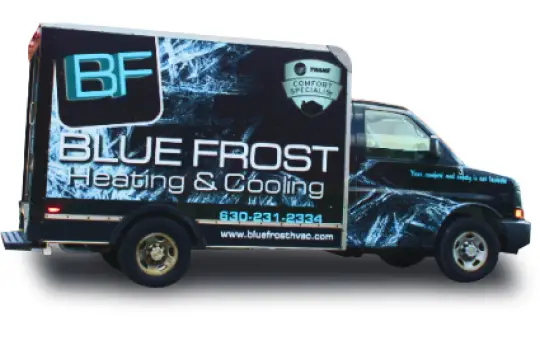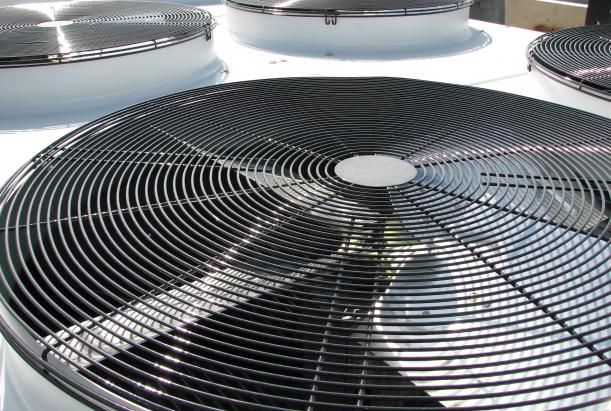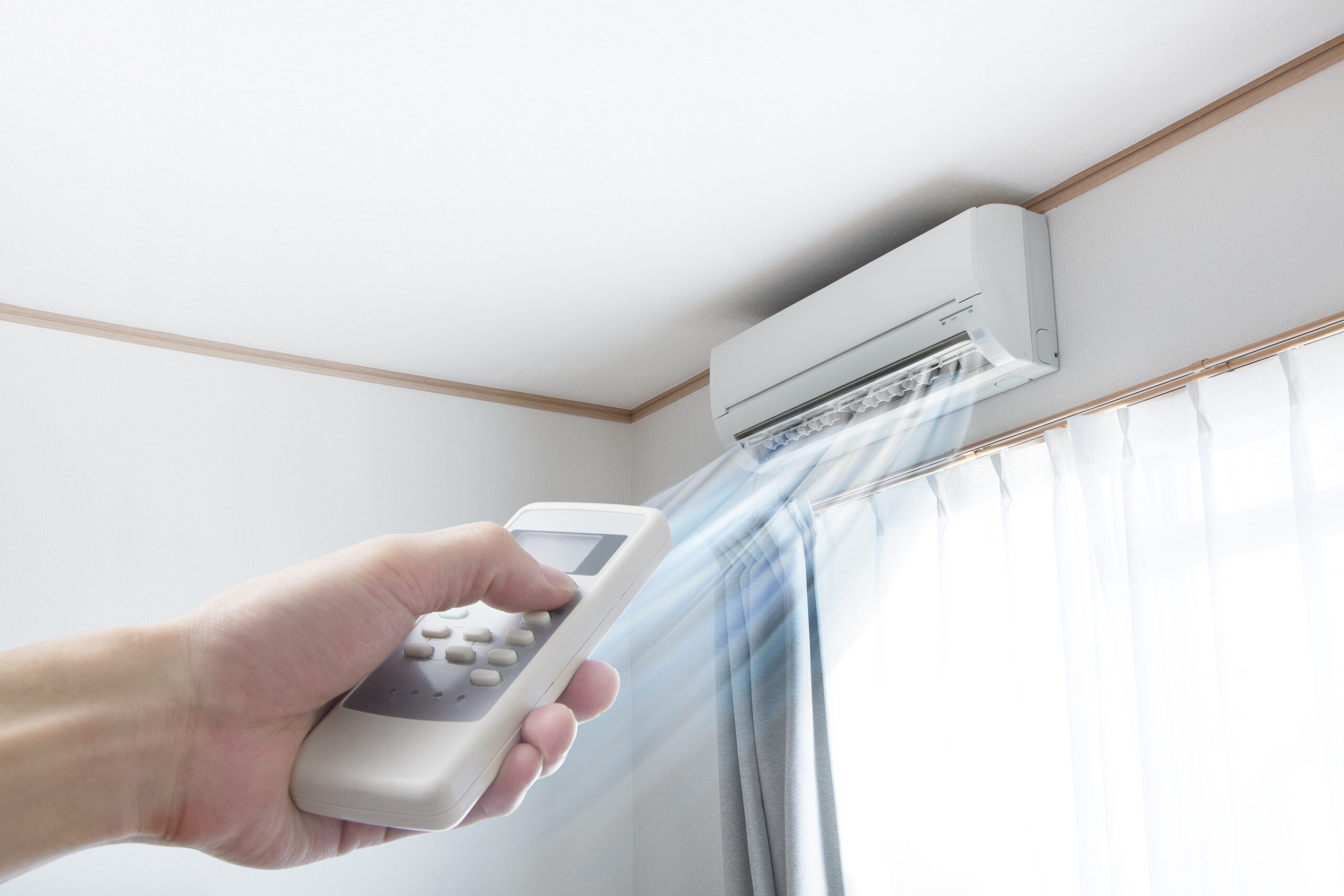Are Leaky Air Ducts Dangerous? Explained
Warning- DO try this at home! One of the tests I perform when designing a new system is to use a piece of paper off of the printer, with the furnace fan in the on position, to measure how tight the return air side of the system is. Of course, all of the inlet/ return vents should hold the paper when fully covered, but slide the paper horizontally in small increments until the paper falls off. A tight system should hold the paper until the register grilles are about half exposed. Many factors govern this, such as the ratio of returns to burners in the furnace and distance from the fan, just to name a few. Other considerations are whether there are some returns down low for the heating season (if applicable) and others high (especially in rooms exposed to attics/ roofs) for the cooling season.
It never fails, the houses that do not cool well on the second floor or in certain rooms have no return air suction in those areas. It just makes sense that true efficiency comes from removing the air you don’t want while you are introducing the air you are paying for. Try riding a bike with one pedal!
So what about the radon? When I investigate a house with poor returns the large leaks are usually in the basement. I prove this by opening the basement door a few inches (fan still on, windows/ doors closed) and letting it close itself. The further away it closes itself the more leakage. No, it isn’t the hinges my skeptical readers, just try again with the fan off!
What we have demonstrated is a negative pressure in the basement, making the rest of the house positively pressured. So while your furnace fan is power venting your energy dollars out bath fans, can lights,etc. the basement is starving for air. It usually finds this air through the sump pump and through the crack around the perimeter of the floor. The sump pump has a four inch tube entering it that is perforated and runs the entire perimeter of the home…buried in dirt that emits gases such as radon. Another favorite place is the attached garage wall, where our cars make carbon monoxide and we store everything we do not wish our families to breathe!
I cannot ignore the fact that these homes all have radon systems on them because they tested high. The first thing the radon mitigator seals is the sump pump lid and then attaches a vent pipe to remove the gases. If the duct leakage is not corrected the furnace blower will start sucking air from other places, like down the water heater flue pipe.
Post a comment if you have a question, it gets pretty deep! I am off to enjoy the last few days before school starts with the family!
Request Service

Our Process
Get to know our quick installation process of a device tailored to your needs
- In-Home Consultation
- Free In-Home Estimate Provided
- Timely Installation Scheduled
- Quality Installation Performed
- Enjoy Your Enhancement



